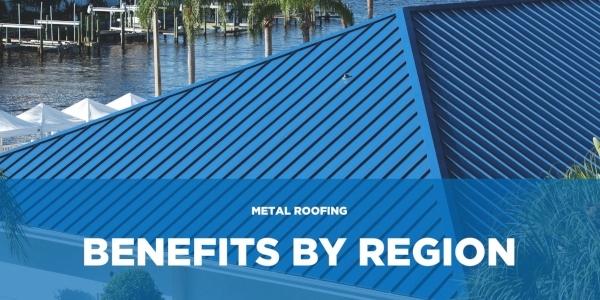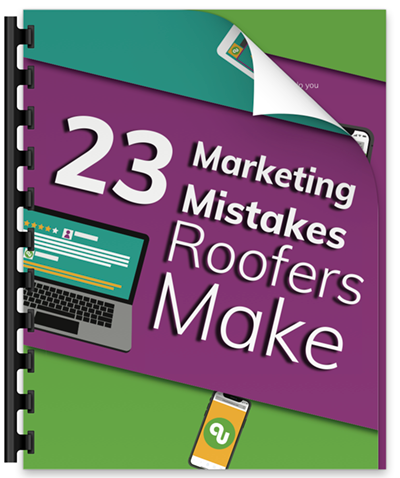Metal Roofing Benefits by Region

By Sherwin Williams.
Residential metal roofs are growing in popularity across the United States as homeowners become more aware of critical benefits beyond their unique look.
A properly installed metal roof protects a building from fire, strong winds, hail, snow and debris. Its unique combination of strength, durability and fire resistance in addition to design options makes metal the first choice of many homeowners around the country, meaning now is the perfect time to elevate your product offerings and profitability.
While the upfront cost of metal roofing can be several times that of asphalt shingles, metal roofs will last at least three times longer than a similar roof with asphalt shingles. Homeowners in areas known for high heat, wind, humidity and other extreme weather can enjoy even greater advantages with a weatherproof metal roof.
Because metal roofing offers great severe weather protection, the Federal Emergency Management Agency (FEMA) recommends it in areas that are prone to natural disasters. But no matter where you do business, metal roofing is a great addition to your company’s service offering. Consider the benefits for your region.
Compared to asphalt shingles and other roofing materials, metal roofing is the strongest and most durable. Metal roofs have the ability to withstand high winds, up to and including hurricane-force gusts (some systems are rated up to 160 mph). This is because they are installed with a continuous piece that stretches from the eave to the ridge, reducing the chance for wind and moisture to penetrate the roof. Metal roofing also has a higher strength-to-weight ratio than any other roofing material and is attached to the roof-deck with screws, making it resistant to high stress loads from hurricanes and high winds.
Metal roofing materials also offer further protection against hail, flooding and other severe weather common in the South as well as mold, which often occurs in humid climates. Asphalt roofing shingles can absorb moisture and remain damp for extended periods, creating the perfect conditions for airborne algae and other harmful microorganisms. On the other hand, metal roofs are algae-resistant, mildew-resistant and stain-resistant.
In addition to all of these benefits, metal roofing reduces trapped heat in the warm summer months to keep life inside more comfortable — while also standing up to the blazing sunshine capable of melting asphalt shingles.
Metal roofing is an excellent choice for protection against winter storms because of its ability to stand up to ice and snow. And, because metal roofs function as ice- and snow-shedding systems, they reduce the chance for roof leaks. Furthermore, regular freeze and thaw cycles can easily damage asphalt shingles and wood shakes, while metal roofs are resistant to this kind of damage.
Metal roofing materials are also built to stand up to falling objects including hail, which is less common here than in the Midwest yet still a considerable risk for people living in the Northeast.
The Midwest region has long been known for its susceptibility to extreme weather, from tornadoes and strong winds to snowstorms and hail. In particular, roof damage from hail represents one of the most common homeowner insurance claims. In some states, insurance carriers offer annual premium discounts — sometimes as high as 35 percent — for impact-resistant roofing.
Metal roofs also stand up to the heavy ice and snow that mark a Midwest winter, because they are protected from damage caused by regular freeze and thaw cycles.
Wildfires can occur anywhere but are most common in areas that are heavily forested and have a drier climate, such as California and Texas. Because metal roofs are noncombustible, they’re a safe, smart choice for regions that carry a greater risk for wildfires. Fire-resistant metal roofs provide homeowners with significant protection from fire damage, because they will not spark and ignite into flames like roofs constructed from other common roofing materials. In fact, some towns in areas prone to wildfires have building codes that prohibit the use of combustible roofing materials including cedar and asphalt shingles.
Metal roofing will also outperform other building materials in the event of an earthquake, which can occur anywhere but is most likely in places such as California, Alaska and the Pacific Northwest. Having a structurally sound, lightweight roof is one of the best ways to protect a home or other structure from the force of an earthquake.
Want to learn more about building your metal roofing business and selling to homeowners? Contact Sherwin Williams for more information and valuable resources.
Original article source: Sherwin Williams























Comments
Leave a Reply
Have an account? Login to leave a comment!
Sign In